Phonemic Awareness!
The research is very clear regarding the relationship between phonological/ phonemic awareness skills and later reading achievement. Children need to have an appreciation of how sounds can be put together to create words. It is critically important to incorporate phonemic awareness activities into our lessons. They really don’t need to take up a significant amount of time. The phonemic awareness handouts designed for parents are perfect for providing to parents during conferences. I’ve also included developmental sequence of phonemic awareness handout and the phoneme segmentation cheat sheet for your reference. Oh yes, and be sure to download our free phonemic awareness activity too!
Free Phonemic Awareness Parent Handouts
Parent involvement is key to success in early literacy development. These handouts can certainly be helpful at your conference time!
Just click the following link to download this file: Phonemic-Awareness-Parent-Handout-Kindergarten
Download this handout here: Phonemic-Awareness-Parent-Handout-First-Grade-1
Phonemic awareness skills follow a developmental sequence. The following handout can be helpful when explaining the different skills involved and the general age of when we’d expect the skill to be mastered.
Download this handout here: Developmental Sequence of Phonological Skills
When teaching students to segment words into their phonemes it’s sometimes difficult to think of words off the top of your head. When working on this skill here’s a little cheat sheet to help!
Just click the following link to download this file: Phoneme Segmentation Cheat Sheet
Be sure to visit the Make, Take & Teach Teachers Pay Teachers store and check out our phonemic awareness activities. The following activity can be downloaded for FREE!!
Doggie, Where’s My Bone?
This particular activity teaches students to recognize the position of sounds within words. You simply say a word containing 3 sounds– such as “cat”– and then a sound within the word– such as /a/. The student places a bone on either the head, body or tail to indicate the position of the sound within the word. Just for fun, I use small rawhide bone. Also included in this file are paper bones.
Sound Switch Activity
Also contained within the download is the Sound Switch activity. For this activity, students are provided with two words (ball-bell). Students put the bone on the portion of the dog which contains a different sound. This is a pretty difficult task for young, developing readers. Make sure they are solid with identifying sound position within single words first.
Step-by-step teaching directions are included in this FREE download!
The Doggie Where’s My Bone?/Sound Switch Activity can be found in my online Teachers Pay Teachers store.
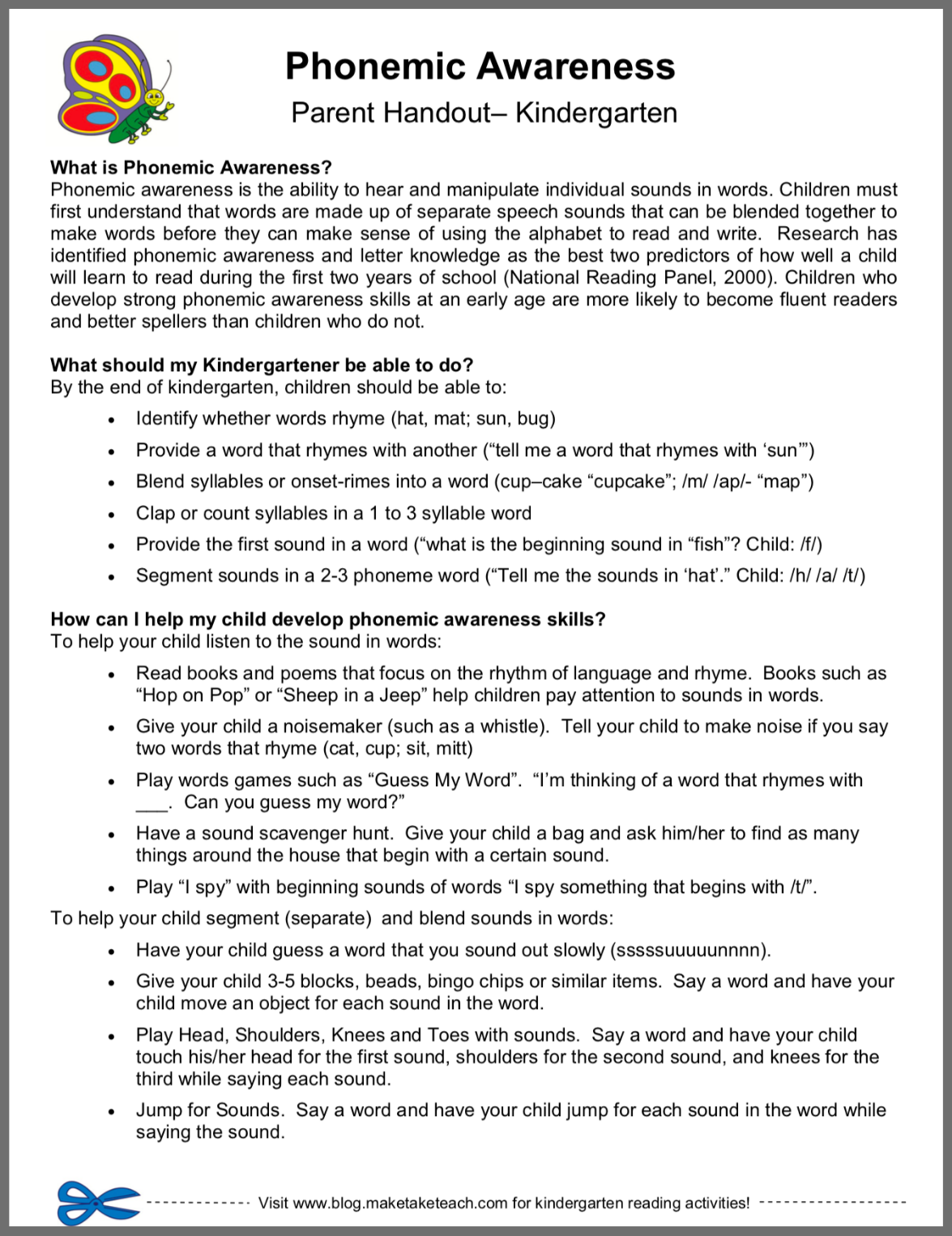
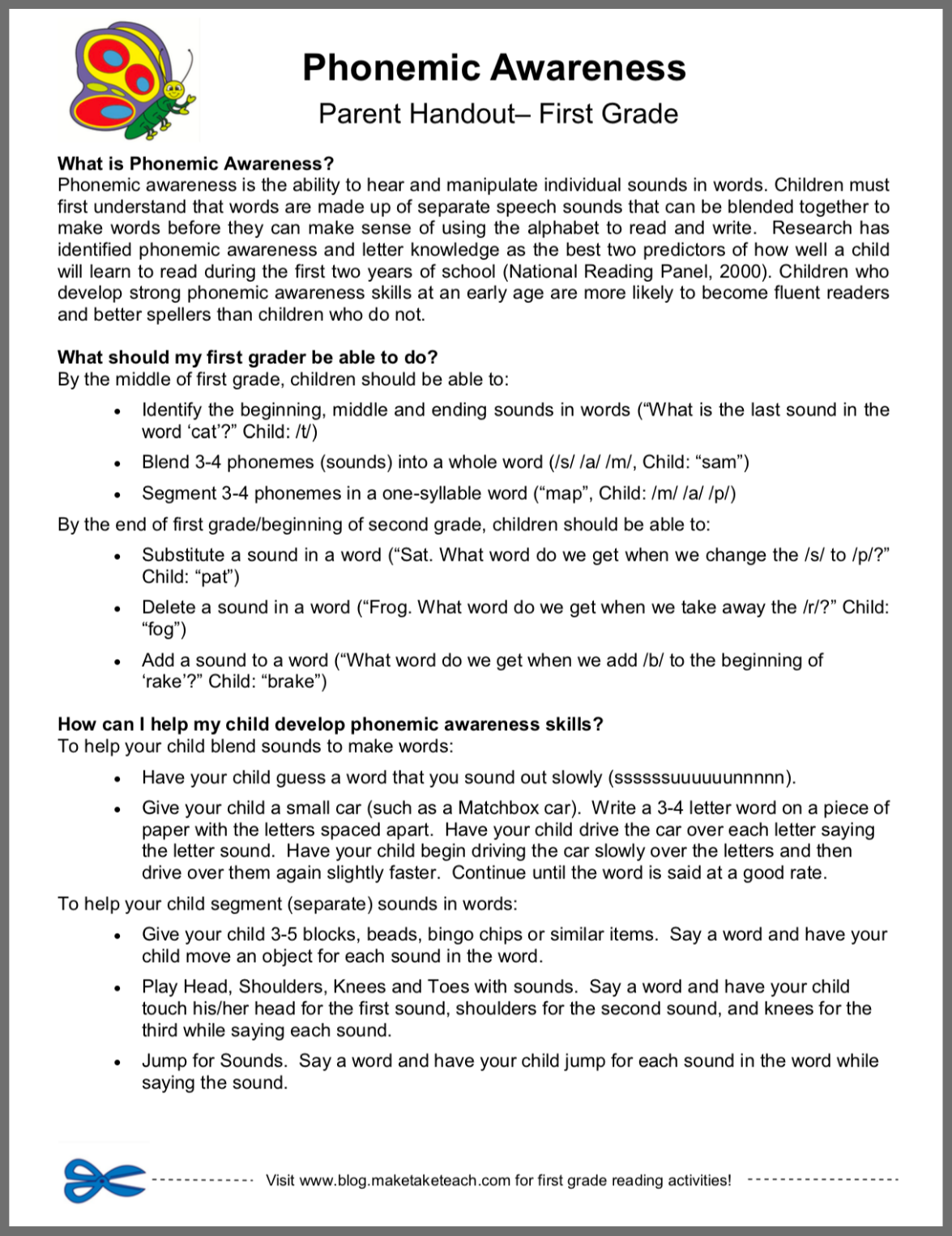
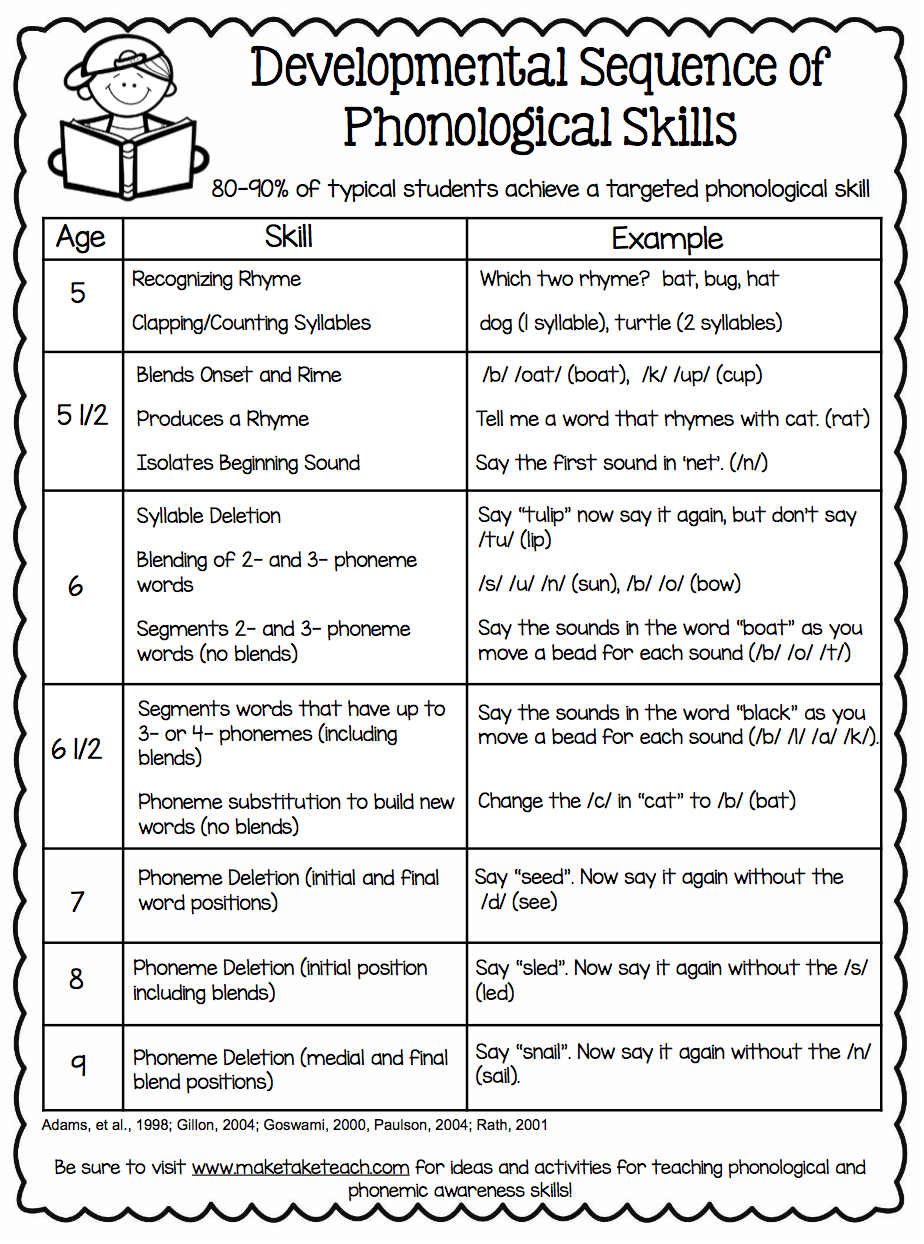
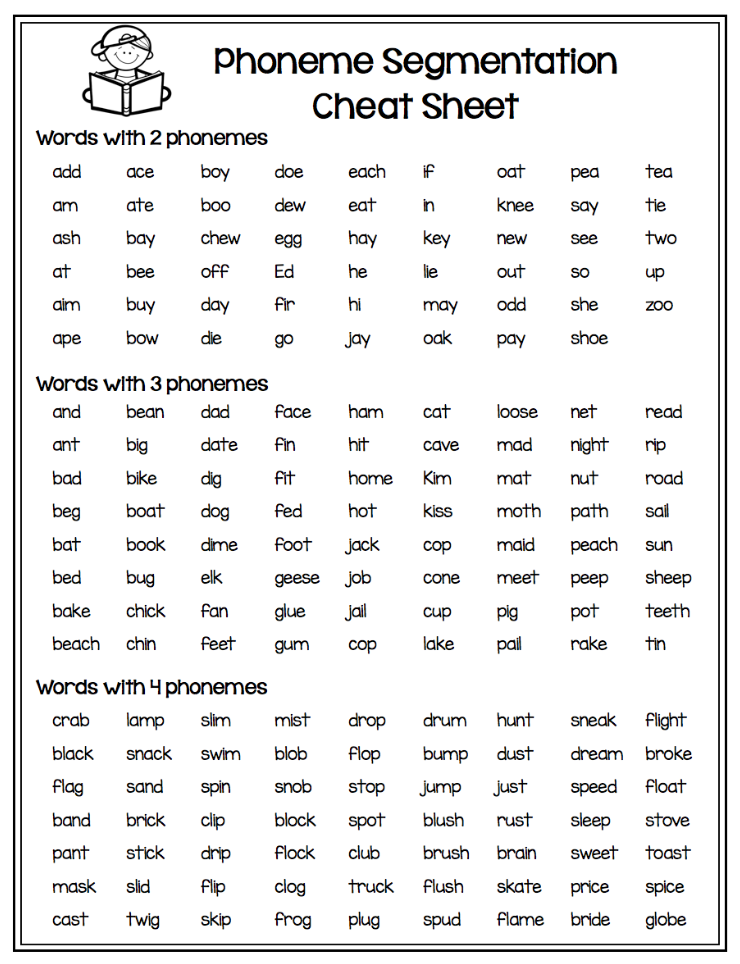
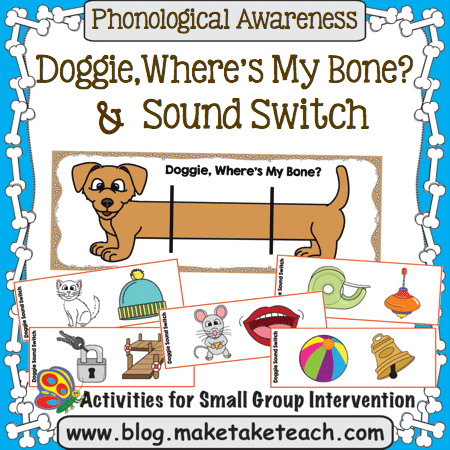


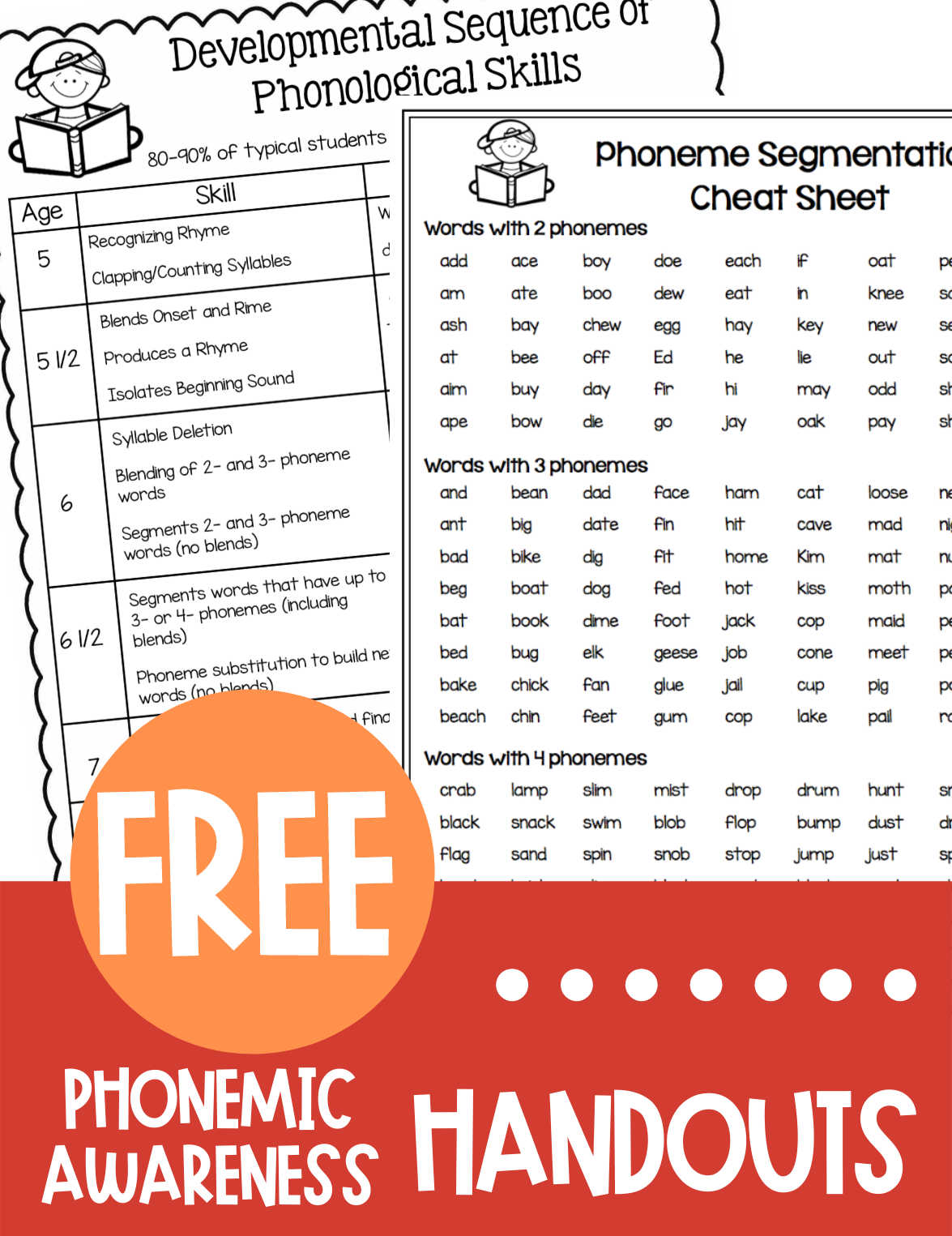



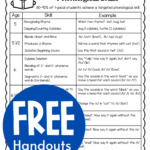
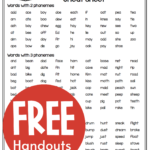
Leave a Reply